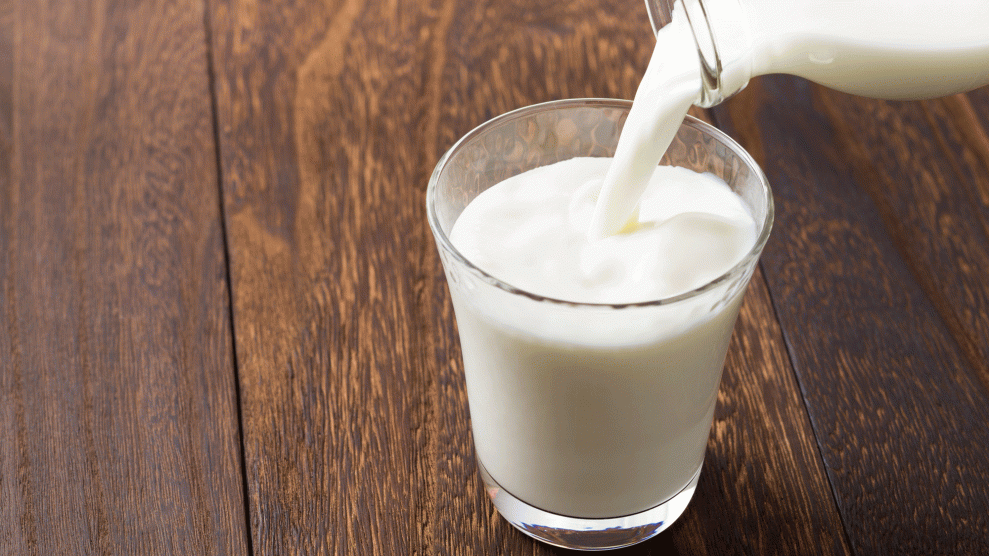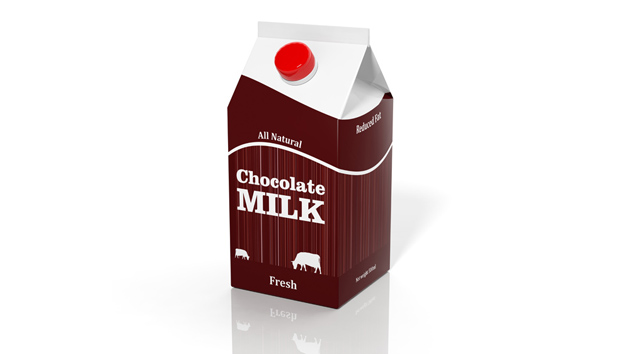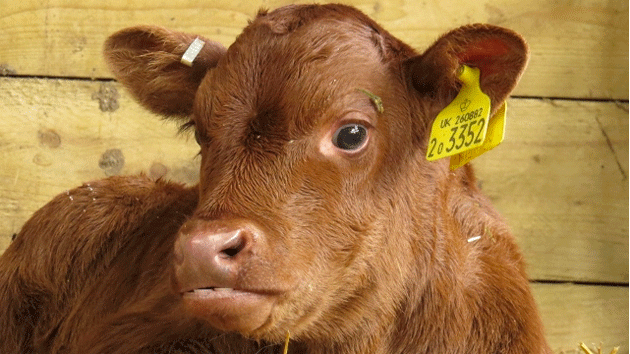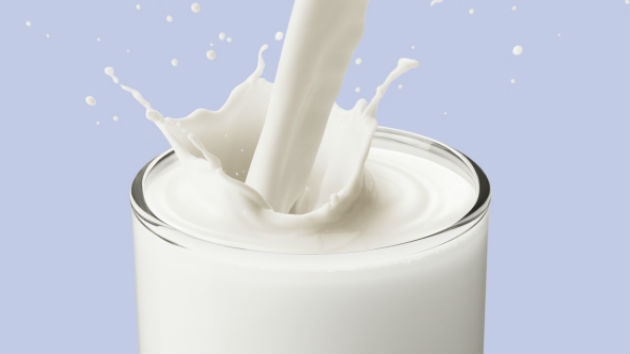
NaturalBox/Shutterstock
The federal government’s dietary guidelines urge adults to consume at least three cups of milk a day to guard against osteoporosis, a disease in which bones become brittle and weak. People who are lactose intolerant—a group that includes 75 percent of African Americans—”can choose low-lactose and lactose-free dairy products,” the guidelines say. But a new study has called into question this one-size-fits-all approach. It suggests that most African American adults might not need milk at all.
Scientists have known for some time that people who live in Africa have some of the world’s lowest rates of osteoporosis. Researchers long assumed that the difference was due to Africans’ lower life expectancy (since the condition usually shows up later in life), more active lifestyles, and a lack of doctors to diagnose and treat the condition. Yet a study published in June in BoneKEy, an offshoot of the journal Nature, offers a compelling alternative explanation: Many Africans are genetically adapted to low-calcium diets.
Study author Constance Hilliard, an evolutionary historian at the University of North Texas, examined osteoporosis rates in Nigeria and Cameroon, two African countries that fall within an area known as the tsetse belt. Dairy farming is impossible in this equatorial region because of the presence of the tsetse fly, a tropical pest that transmits parasites that kill cattle. Despite a nearly complete lack of dairy consumption in the two countries, their osteoporosis rates are among the lowest in the world—just two to three cases out of every 100,000 people.
In an effort to figure out why, Hilliard looked at Kenya, a country outside the tsetse belt where milk consumption is common yet life expectancies and socioeconomic conditions remain essentially the same. Kenya’s rate of osteoporosis is dramatically higher—245 cases out of 100,000 people. That’s also much closer to levels in the United States, where the rate is 595 per 100,000 people.
So what’s going on here? One possibility is that milk consumption actually increases the risk for osteoporosis. As I mentioned in a magazine piece last year, a 2014 Swedish study found women who drank more than two and a half glasses of milk a day had a higher fracture risk than their counterparts who drank less than one glass a day. Though other studies have come to the opposite conclusion, researchers have found, on balance, that calcium intake does not significantly reduce the risk of hip fracture in women or men.
Hilliard finds a more compelling explanation in genetics. The tsetse belt is largely inhabited by the Niger-Kordofanian ethnicity (also the predominant ethnicity among African Americans), which is known to be lactose intolerant. Niger-Kordofanians make up for the lack of milk in their diets by better absorbing calcium. In the United States, studies have shown that black children and adults excrete less calcium than whites on essentially the same diets, thereby retaining more calcium in their bones. “This is why certain populations can maintain strong bones and are at low risk of osteoporosis even though they consume 200 mg of calcium day”—a fifth of what the federal government recommends, Hilliard says. It could also be why the rate of osteoporosis and related fractures in African American women is half that of Caucasian women.
“This is a very interesting paper,” says Connie Weaver, the director of the Women’s Global Health Institute at Purdue University and an expert on osteoporosis. “We know that genetics determine 60 to 80 percent of bone mass and lifestyle choices the rest. This paper offers one genetic difference that is likely more controlling of bone mass than diet or other lifestyle choices.”
Still, Weaver doesn’t think African Americans should consume less dairy. Though they may have less of a genetic disposition for osteoporosis, she argues that “there still would be a range of risk within that genotype that would be improved by adequate dairy or the nutrients provided by dairy.”
Hilliard makes no dietary recommendations—after all, she is a historian, not a nutritionist. Still, she points out that African Americans may be uniquely susceptible to some of milk’s side effects. Multiple studies have correlated high levels of dairy consumption to prostate cancer; African Americans are 2.4 times as likely to die from the disease as the population at large. Though other genetic and socioeconomic factors may explain their higher risk, some studies have pointed to dairy. The California Collaborative Prostate Cancer Study, published in 2012, found that calcium consumption was closely related to an increased risk of prostate cancer, particularly in black men who carry a genotype common in populations of African origin.
Yet the federal government’s dietary recommendations don’t account for such distinctions. And that omission, she says, amounts to something like discrimination. “What has happened is the medical community has universalized the particular biology of [Caucasians],” Hilliard says. “And the medical community has yet to frame its questions in ways that investigate whether foods that have been culturally labeled as ‘good for you’ have deleterious consequences for minorities.”

















